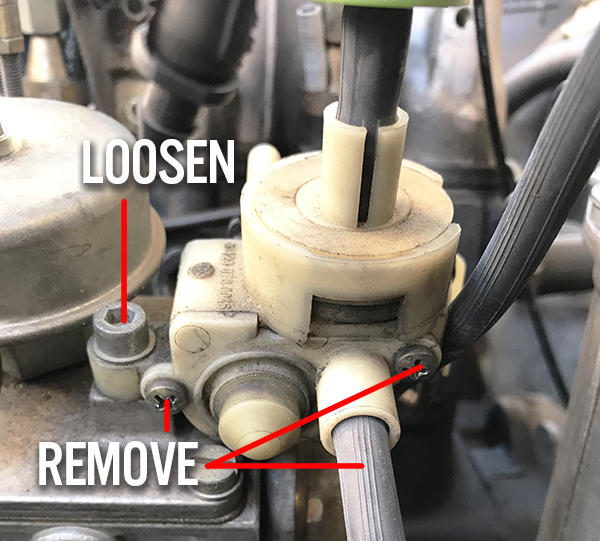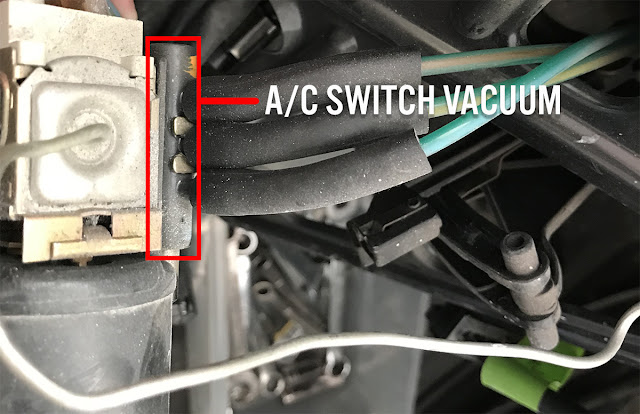Since November 2017, I have been on the SL Shop waiting list for the first round of aftermarket Mercedes R107 tail light lenses and it was worth the wait. Admittedly, I was a bit skeptical, but seeing is believing and this is an excellent reproduction. The lenses appear to be a very good quality and the fit is just as the originals. As with any product, time will tell if they are as excellent as the originals. The colors are very deep and rich which is often a shortcoming on aftermarket lenses.
With the lenses I also purchased the weather seals from the SL Shop. These seals have a perfect fit and first rate quality in addition to feeling every bit as good as the Mercedes weather seals for a fraction of the cost. Again, another several decades will be the true test, but for now it couldn't get any better.
The SL Shop, located in the UK, has provided me with numerous parts thus far for the R017 restoration. I am not only very pleased with all of the parts, but am just as delighted with their dedication to customer service. While I source many of my parts directly from Mercedes, I will continue to purchase from the SL Shop on excessively priced parts or aftermarket parts no longer available from Mercedes.
The following images show the original 43 year old Mercedes taillight along with the new after market version. NOTE: When reinstalling, DO NOT over tighten as the lens assembly can crack. The bolts are to be snug, not tight. In addition, do not force any of the parts together. They fit very snugly and should be eased back in place.
| The M-B original has faded over the years from being parked in the desert for 8+ years, but remains in remarkable condition. |
| Every detail is expertly replicated |
| Assembly as it came out of car before cleaning for reinstallation. |






